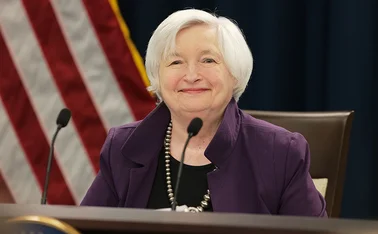
BoE calls for investigation into market liquidity risks
FPC concerned investors are too sanguine about liquidity under stress

The Bank of England's (BoE) Financial Policy Committee (FPC) today called for an investigation into the dangers posed by sudden drops in market liquidity, warning some investors appear poorly prepared.
"The committee remains concerned about the risk that market liquidity could prove fragile in stressed conditions, and judges that there is a need for market participants to be aware of these risks," governor Mark Carney wrote to the UK's chancellor.
As such, the BoE and the Financial Conduct
Only users who have a paid subscription or are part of a corporate subscription are able to print or copy content.
To access these options, along with all other subscription benefits, please contact info@centralbanking.com or view our subscription options here: subscriptions.centralbanking.com/subscribe
You are currently unable to print this content. Please contact info@centralbanking.com to find out more.
You are currently unable to copy this content. Please contact info@centralbanking.com to find out more.
Copyright Infopro Digital Limited. All rights reserved.
As outlined in our terms and conditions, https://www.infopro-digital.com/terms-and-conditions/subscriptions/ (point 2.4), printing is limited to a single copy.
If you would like to purchase additional rights please email info@centralbanking.com test test test
Copyright Infopro Digital Limited. All rights reserved.
You may share this content using our article tools. As outlined in our terms and conditions, https://www.infopro-digital.com/terms-and-conditions/subscriptions/ (clause 2.4), an Authorised User may only make one copy of the materials for their own personal use. You must also comply with the restrictions in clause 2.5.
If you would like to purchase additional rights please email info@centralbanking.com test test test







